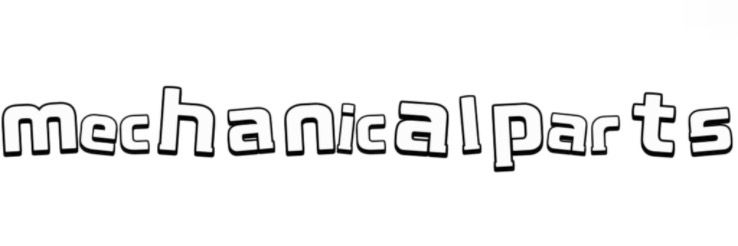Top 7 Robot Joint Motors for Robotics Engineers in 2025
May. 16, 2025
Choosing the right robot joint motor can make or break your robotics project. For engineers striving for precision, reliability, and compact integration in 2025, the challenge lies in navigating countless motor options—each claiming to be the best. This list helps you cut through the noise with expert-backed selections and practical advice tailored to real-world engineering needs.
Maxon HEJ Series
Why choose this: The HEJ series is a smart, EtherCAT-capable actuator with high torque density and seamless integration, making it ideal for compact robotic systems.
Customer Review: "We swapped out a custom setup for the HEJ70, and it reduced our assembly time by 35% with better torque stability." — Senior Mechatronics Engineer
Key Features: Integrated motor, planetary gear, encoder, and servo drive in one unit; IP67 protection; EtherCAT-ready.
Applications: Humanoid robots, robotic limbs, quadrupeds, and compact autonomous systems.
Recommended For: Projects requiring high precision in a compact footprint with simplified wiring.
DEEP Robotics J100-116P
Why choose this: Built for high-load robotics, this joint motor delivers unmatched torque without sacrificing speed, thanks to its innovative actuator design.
Parameter J100-116P Average in Class Peak Torque 315 Nm 200 Nm Weight 3.2 kg 4.5 kg Key Features: Peak torque of 315 Nm; IP67-rated; battery-free absolute encoder; high overload capacity.
Applications: Industrial humanoid robots, robotic dogs, heavy-duty quadrupeds.
Recommended For: Engineers building next-gen legged robots or high-mobility platforms.
VEICHI RB300 Series
Why choose this: Award-winning design and intuitive setup make the RB300 a top pick for fast prototyping and industrial integration.
Customer Review: "Great value—plug-and-play simplicity with precise control. Reduced programming time by 40%."
Key Features: Integrated servo drive and motor; high-speed digital control; supports multiple feedback protocols.
Applications: Collaborative robots (cobots), service robots, and mobile platforms.
Recommended For: OEMs and startups looking for reliable, cost-effective integration.

CubeMars R80 Outrunner
Why choose this: Lightweight and high-torque, the R80 excels in dynamic motion systems where speed and space are critical.
Pro Tip: Pair with a high-resolution encoder for maximum performance in motion capture systems.
Key Features: Outrunner design; ultra-lightweight; low cogging torque; multiple winding options.
Applications: Exoskeletons, aerial robotics, and quadrupeds.
Recommended For: Researchers and developers creating wearable or aerial robotic solutions.
DAISEN Robot Joint Motors
Why choose this: Reliable yet affordable, DAISEN motors are a perfect match for educational or semi-professional robotics platforms.
Customer Review: "Simple, reliable, and works straight out of the box with Arduino and Raspberry Pi setups."
Key Features: Brushed/brushless models; straightforward integration; compatible with common controllers.
Applications: Hobbyist robots, educational robot arms, simple automation.
Recommended For: Robotics educators, students, and beginners on a budget.
26KG Dual-Axis Servo Motor
Why choose this: Provides versatile motion in tight spaces, combining two-axis control in one unit for creative arm and wheel designs.
Comparison Table:
Feature Dual-Axis Servo Standard Servo Torque 26 kg·cm 18 kg·cm Control 2-axis 1-axis Key Features: 26 kg·cm torque; 2-axis control; full metal gears; adjustable speed and angle limits.
Applications: Low-cost robotic arms, grippers, pan-tilt modules.
Recommended For: Makers and small automation projects needing flexibility.
Hollow Shaft Harmonic Drive Motors
Why choose this: Enables internal cabling and high-precision harmonic reduction—ideal for sleek industrial robot arms.
Customer Insight: "The hollow axis simplified our end-effector wiring, and accuracy is stellar at ±0.05°."
Key Features: Hollow shaft; harmonic reducer; high stiffness and low backlash.
Applications: Collaborative and industrial robotic arms, surgical robotics.
Recommended For: High-precision automation and OEM developers building from scratch.
Final Thoughts
The landscape of robot joint motors in 2025 is more versatile and performance-focused than ever. Whether you're developing high-torque industrial robots or lightweight wearable systems, choosing the right joint motor depends on your specific needs for integration, torque, size, and control precision.
For engineers looking to dive deeper, we recommend consulting with suppliers directly, requesting datasheets, and testing demo units when possible. Explore more robot joint motors tailored to your next innovation today!
129
0
0
All Comments (0)
If you are interested in sending in a Guest Blogger Submission,welcome to write for us!


Comments